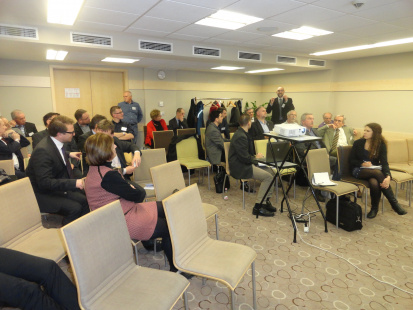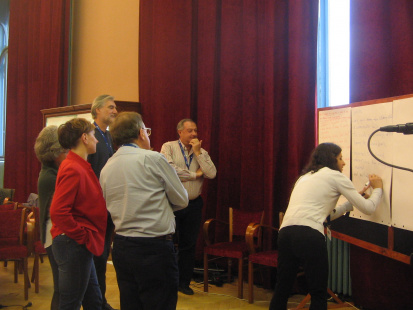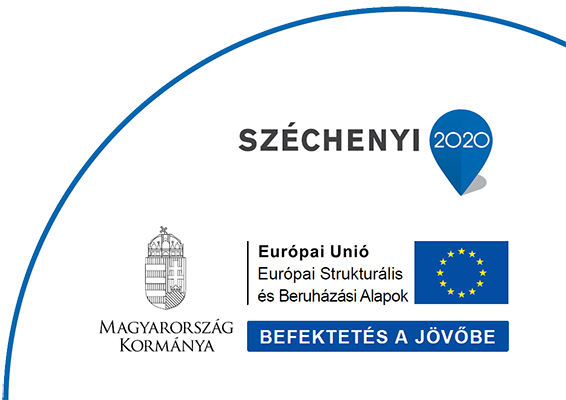
The overall objective of MINATURA2020 is to develop a concept and methodology for the definition and subsequent protection of “Mineral Deposits of Public Importance” (MDoPI) in order to ensure their best use in the future.

The exploitation of indigenous mineral deposits in Europe is essential if we are to ensure that the needs of European society can be satisfied in a sustainable manner. To achieve this objective, society needs to ensure that effective access is provided to enable the exploration and exploitation of such mineral deposits, without compromising the needs of current or future generations. Accordingly, the potential of exploitable mineral deposits (including abandoned and historic mining sites) needs to be evaluated specifically and in relation to other land use and environmental objectives. The deliberation between mineral exploitation and other land uses objectives is a challenging arena which requires informed evidence. In response to this challenge the overall objective of MINATURA2020 is to develop a concept and methodology for the definition and subsequent protection of “Mineral Deposits of Public Importance” (MDoPI) in order to ensure their best use in the future with a view to being included in a harmonised European regulatory, guidance or policy framework.
Website: minatura2020.eu
Consortium leader: MINPOL (Austria)
Project partners:
MinPol; Pan-European Reserves & Resources Reporting Committee (PERC); IMA-Europe; European Federation of Geologists (EFG); Geological Survey of Montenegro; Ministry of Economic Affairs of Herzegbosnian Canton (Bosnia and Herzegovina); Mineral & Energy Economy Research Institute of the Polish Academy of Sciences (MEERI PAS); UCL ISR; La Palma Research S.L. (LPRC); University College Cork (UCC); Coastal and Marine Research Centre; Alterra, Wageningen University and Research centre; ISKRIVA, institute for development of local potentials; University of Bucharest, Geology and Geophysics Faculty; Geological Survey of Slovenia; Fundação da Faculdade de Ciências da Universidade de Lisboa; Institute for Spatial Planning of the Koprivnica-Križevci County (Croatia); State Geological Institute of Dionýz Štúr; Luleå University of Technology; Slovenian surface Mining Association (DTV PO); National Institute for Research-Development in domain of Geology, Geophysics, Geochemistry and Remote sensing - Geological Institute of Romania; University of Belgrade, Faculty of Mining and Geology (UB-FMG); Mineral & Resource Planning Associates Ltd.; Emilia Romagna Region, General Direction Environment and Soil and Coast Protection (Italy)
Contact:
Dr. Horváth, Zoltán
E-mail:horvath.zoltan@mbfsz.gov.hu
Tel: +36 1-252-4999/144




